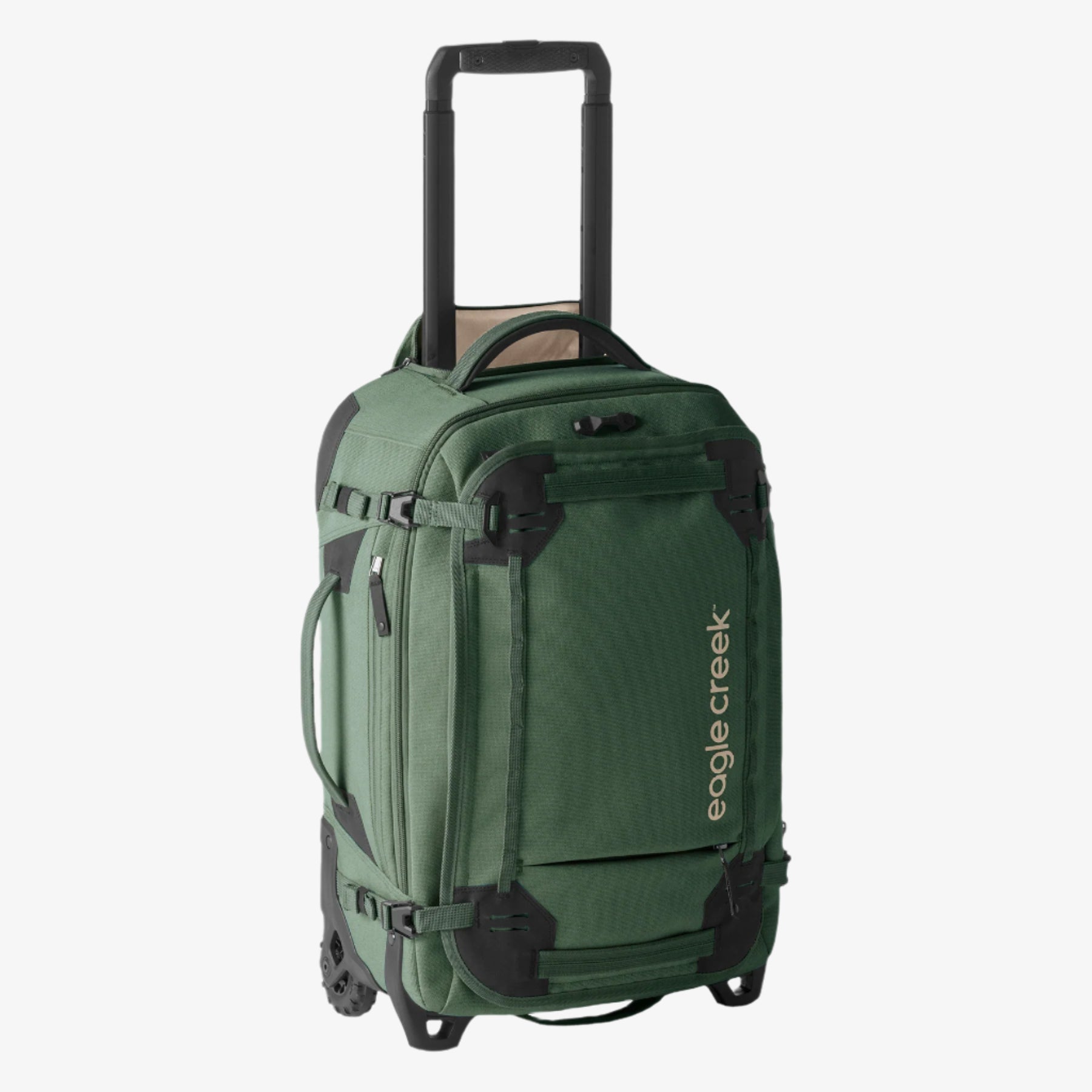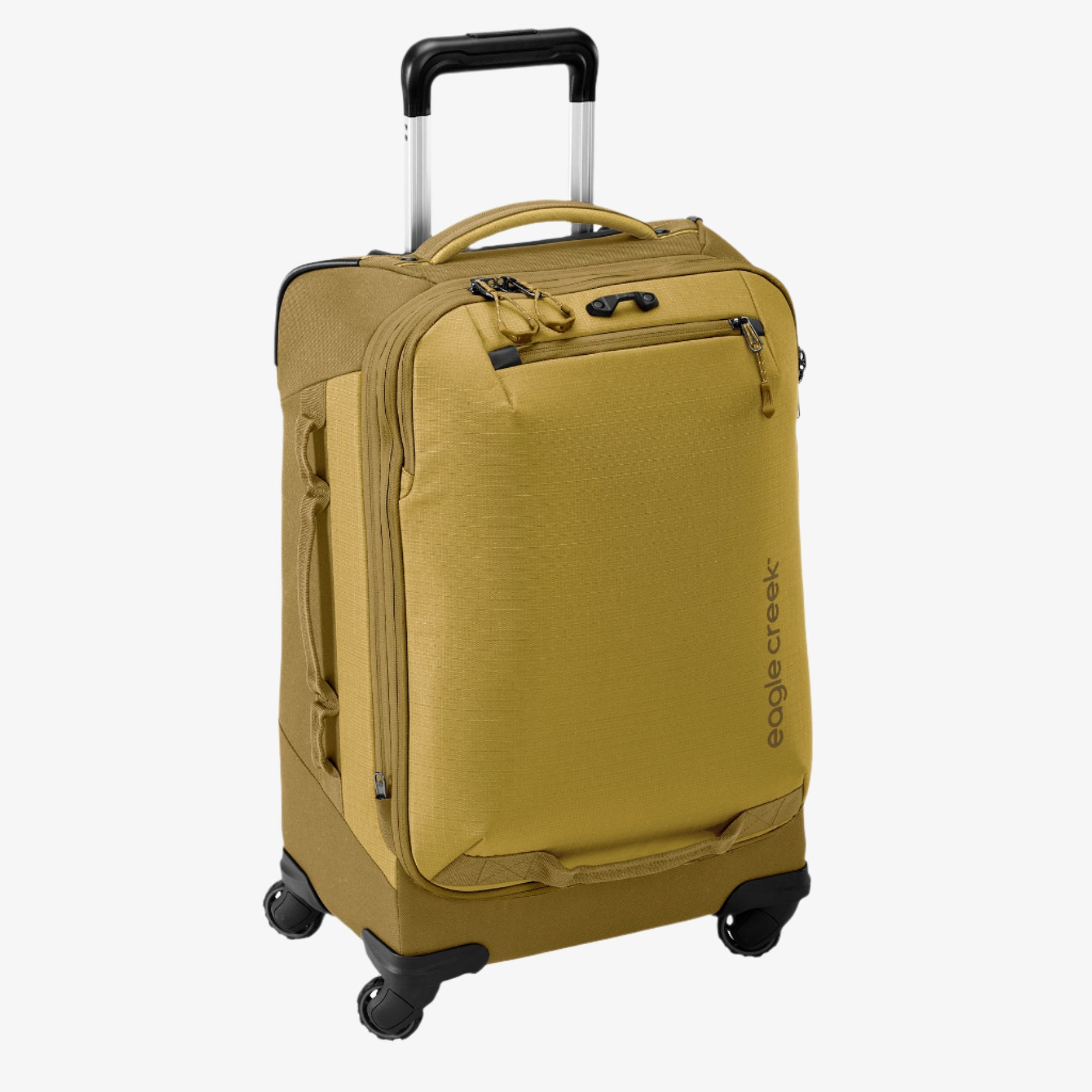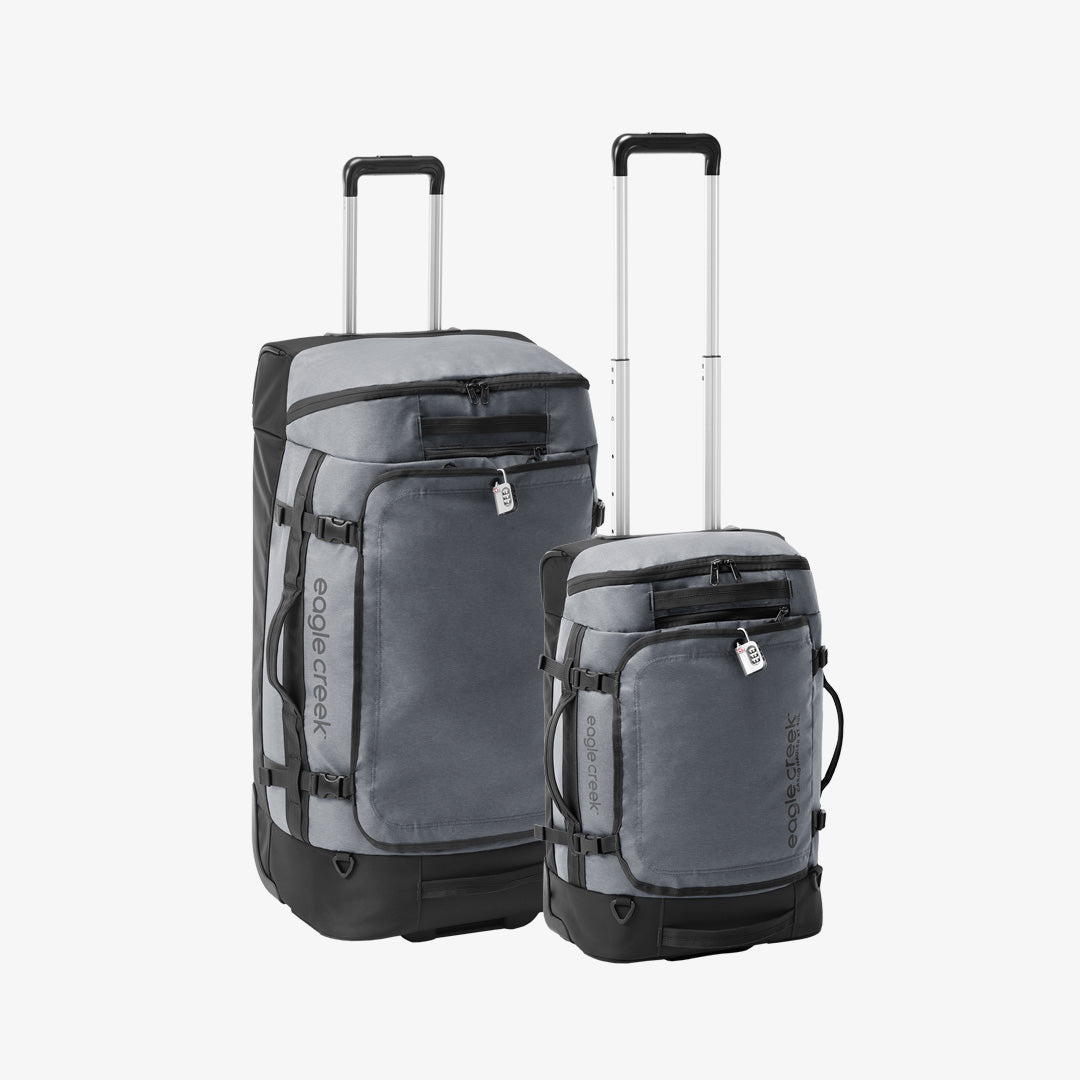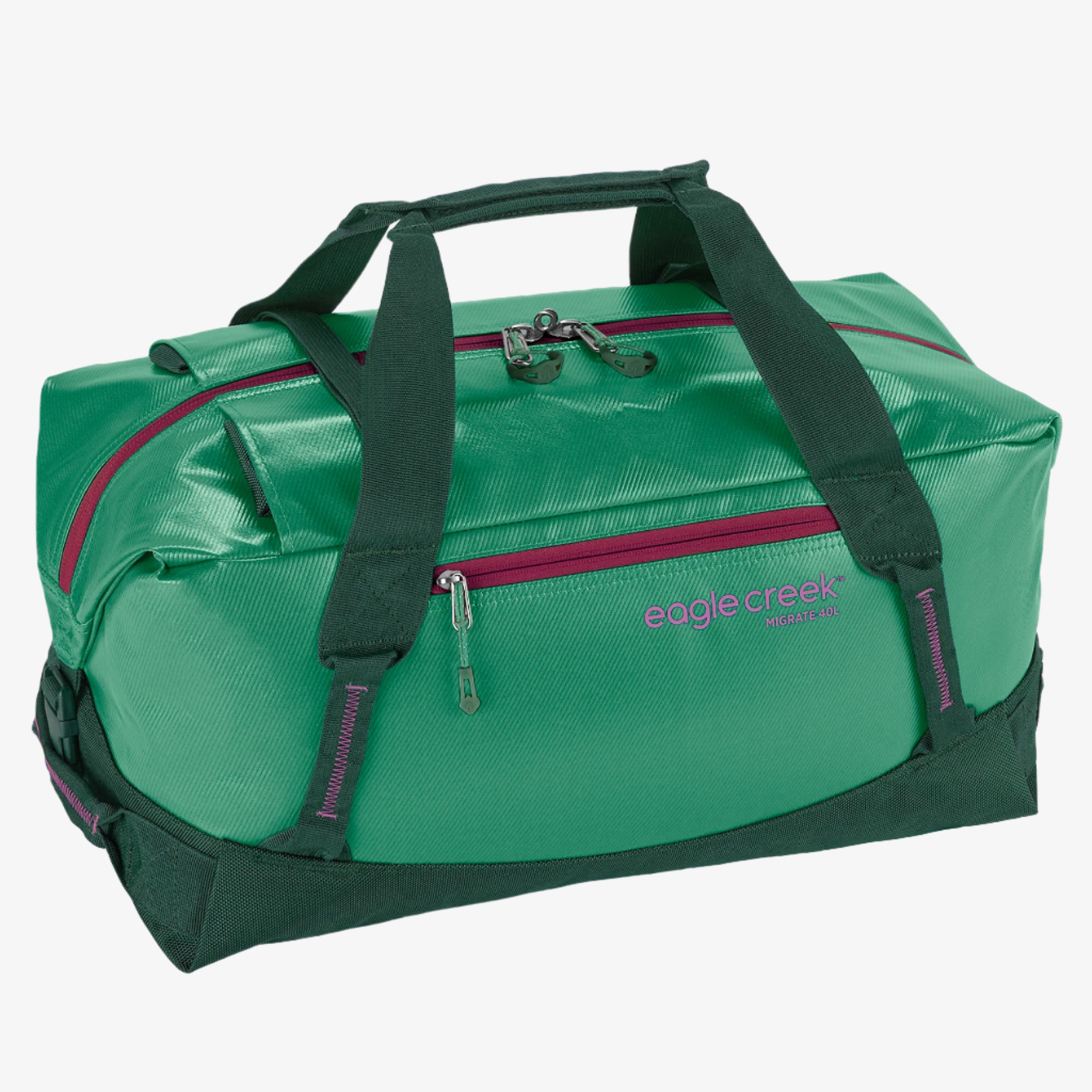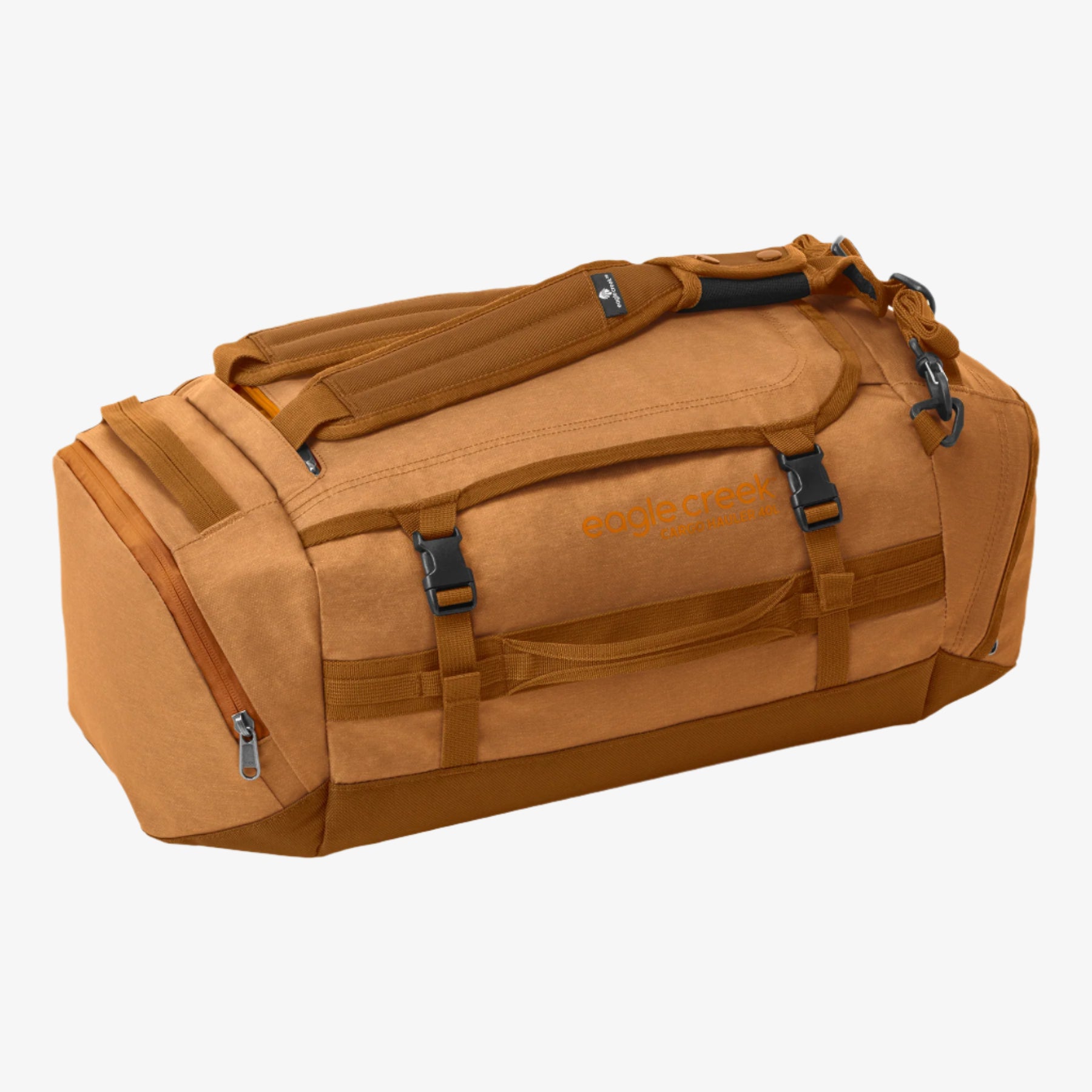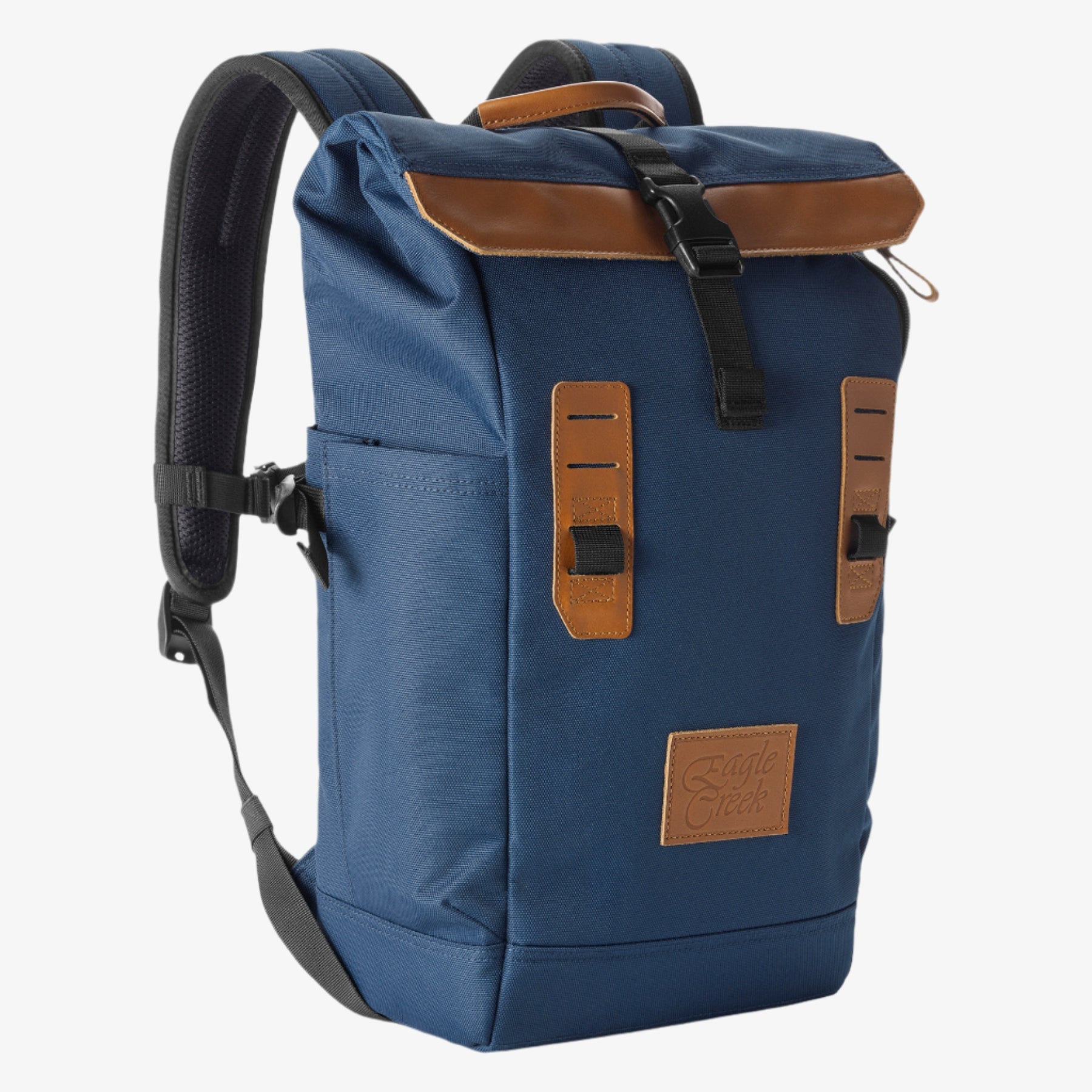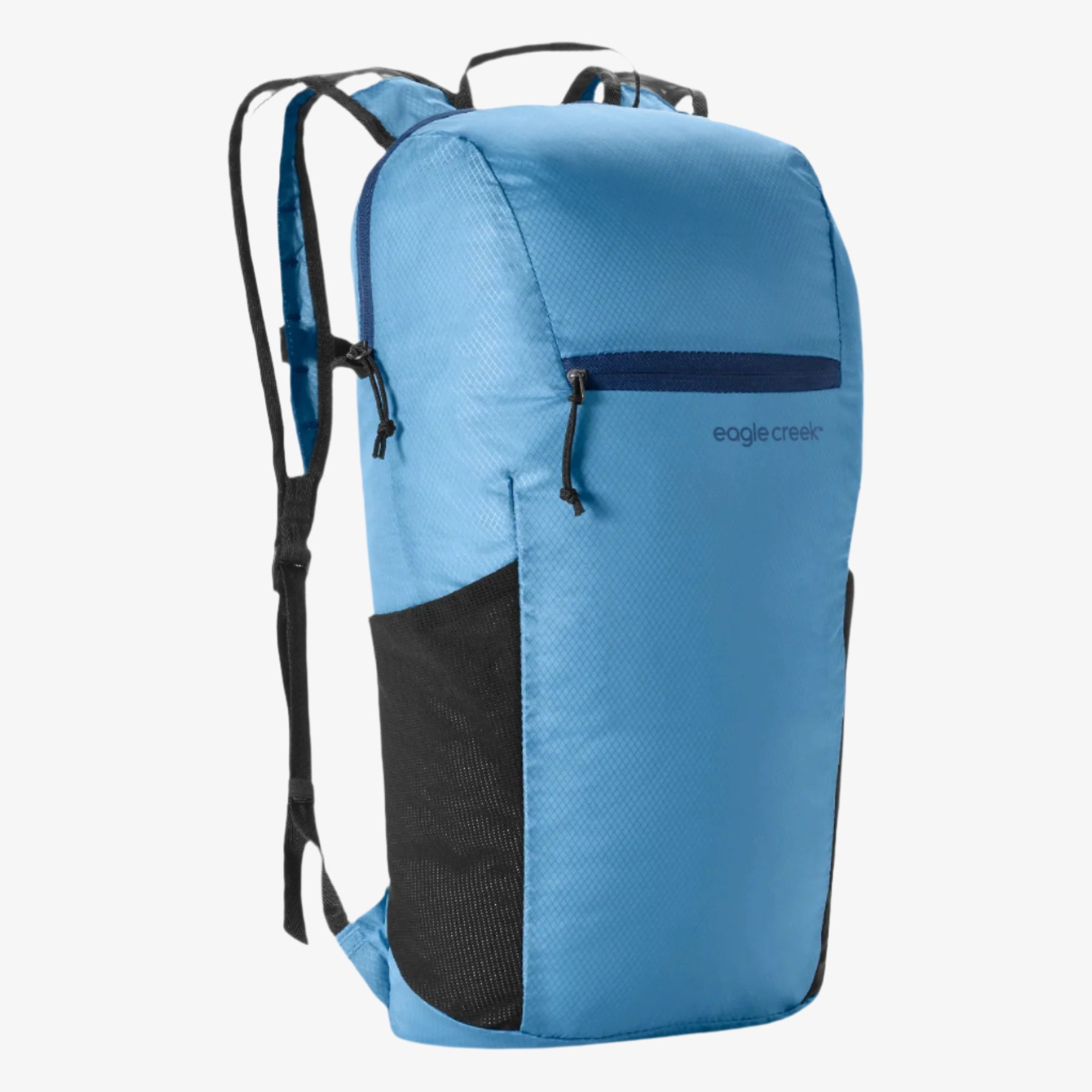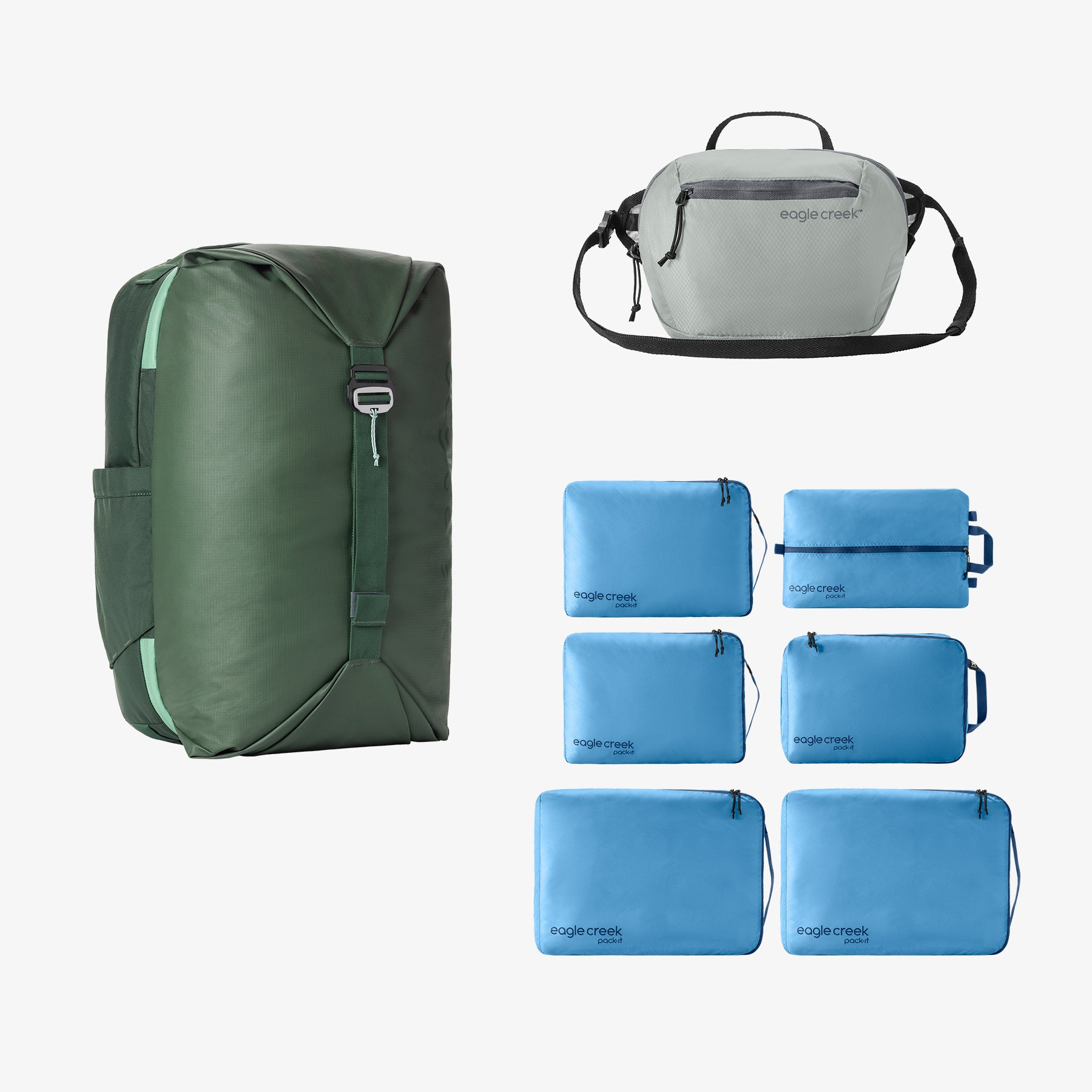
By now you’ve surely heard of the work-meets-lifestyle trend referred to as “working remotely.” These modern-day voyagers have firmly taken on the mantle of modern day “digital nomads,” but they look nothing like the nomads of centuries past. Read on to find out exactly what becoming a digital nomad entails.
Working remotely is far from the pipe dream many imagined just a decade ago—now there’s an entire lifestyle built around jaunting off to far-flung corners of the globe with a laptop bag slung over one shoulder. Internet connections in even remote locals are are now fast enough to handle a quick call with a client—that means you can hike a volcano in Nicaragua one day and shoot off a series of emails at lightning speeds the next. The globetrotters living this dream call themselves digital nomads, and they’re changing what it means to live, work, and travel—because they’re doing all three at the same time! Rather than quit their job[1] , this cohort finds that life on the road offers the best of both worlds: a steady paycheck as well as a steady diet of checking off bucket list adventures.
Joining the digital nomad crews currently backpacking the globe is easier than you think—with just a bit of legwork on your end you can keep your dayjob but spend the rest of your hours finding your zen at a sweat lodge in Mexico or walking your way across rural Spain. More and more businesses are allowing their employees to work from wherever they can find a Wi-Fi connection. Some of the fastest-growing flexible jobs now offer remote work options (it’s about time!), and the truly forward-thinking companies even view remote workers as a business strategy rather than just a reward for employees. That’s because they’ve realized that traveling is good for you, which makes you a better employee. In the U.S., over 43% of the workforce already has the option to work remotely (including here at Eagle Creek—oh hey, remote work Thursdays, heyyyy)[2] —that’s a staggering 115% rise over the last 10 years. Can we hear a “hallelujah” that companies are finally catching on to what we’ve always known?
How to Become a Digital Nomad
Once you chart a path toward becoming a digital nomad, take heart that you’re not alone out there. Several companies have popped up to ease your transition, and there are a plethora of communities aimed squarely at both veteran digital nomads and newly minted ones eager to make this lifestyle a reality. By using one of these specialized companies, all you have to do is pack your wheeled bag and glide through the airport to destinations unknown.
● Remote Year makes it possible for employees who crave travel over a regular 9-to-5 job to explore the world. The program helps employees who have a zest to see the world, transition their current roles to be remote so they can continue to progress in their careers while living in a new country each month. By organizing their travel and accommodations, ensuring access to workspaces with Wi-Fi, and providing a community of remote-working travelers, Remote Year makes the dream of international travel (while working) possible.
● WiFi Tribe is a community of travelers who find a new destination every month. The tribe prioritizes human connection and adventure and invites is a fantastic way to settle into your role as a digital nomad if you’re new to working remotely.
● Unsettled also takes a monthly approach to supporting remote workers. This start-up provides 30-day co-working retreats for those who want to travel and collaborate.
● Nomad Cruise takes networking to a global level—sun-kissed skin and a breeze in your hair are par for the course on this digital nomad cruise filled with workshops aimed squarely at remote workers.
All of this is very glamorous and how lucky is our modern-day society that this is even an option (#blessed)! But yes, the digital nomad lifestyle also comes with its downsides. Many travel bloggers who make their living working on the road say that there are certain difficulties that come with the territory—constantly searching for a reliable Wi-Fi connection, getting distracted easily, and struggling to find time to enjoy the foreign cities they visit. But that doesn’t mean these obstacles should detour you—it’s absolutely within your grasp. Here are five clear steps to help you become a digital nomad
1. Be Productive
Real talk: Staying productive while living in a gorgeous city can be difficult— your Instagram story isn’t going to update itself. Luckily there are programs devoted to providing working spaces for digital nomads, like Globe Kick, Mussiro, and Outpost. From pop-up co-working spaces[3] to co-working communities, these programs make it possible for you to do your best work while living and traveling abroad.
2. Create a Schedule for Yourself
Figure out what time of day you are most productive, and commit yourself to working during that time block. Creating a schedule early on in your travels will help you to adapt to your new lifestyle rather than feeling like you’re working on vacation. Allot time for working, eating, sightseeing, adventuring, exercising—anything that you feel deserves time in your day. Having a scheduled block of time to finish your work will allow you to travel worry-free in your leisure time. After all, you are working remotely in order to find your unknown and fully experience everything being offered.
3. How to Find Wi-Fi
Inarguably the most important thing for a digital nomad to have access to while abroad is a strong Wi-Fi connection. Whether you’re staying in an Airbnb or at a hotel, make sure you’re able to stay connected. Ask your host for a speed test, which will let you know if the internet is strong enough to host calls and download key documents.. Another backup—setting up a personal hotspot, which will work only if you have service. Make sure you buy a local SIM card stat when you land in a new place. Otherwise, coffee shops or any of the co-working spaces mentioned above are also safe bets…but you might have to try a few to find the strongest connection. Additionally, be aware of cyber security and practice safe Wi-Fi habits such as using a VPN, keeping antivirus software up-to-date, and enabling two-factor authentication.
4. Keep in Shape
A life on the road can be full of active, get-your-body moving activities. But it can also be filled with lazy days on the beach, drinking, and eating lots of pasta. Staying active during your travels not only will help keep you in shape, it will also release endorphins and help to relieves stress. Incorporate exercise into your traveling—take a dance class, grab your daypack and say yes to every hike, and choose walking or biking over a taxi or subway system. Another idea is to find in-home workouts that will work for you. Something that requires minimal equipment, so you don’t have to spend your precious time in a gym. Or find a playground or park to get yourself outside.
5. Stay Organized
Moving around from city to city, staying in different hotels, hostels, and Airbnbs can be truly chaotic at times. Regularly packing and unpacking every other month can be another hassle—making it easy to misplace items or forget them at your last stop. Packing organizers keep your items in place, help to maximize space in your luggage or work backpack, and make your essentials more accessible. With Eagle Creek’s Pack-It System, never again will you have to dig through a packed bag to find your hiking socks—or that all important travel adapter to charge your laptop!
Thousands of digital nomads are finding their unknown all over the world—what will it take for you to become one of them? Use our Quit Your Job resources[4] to start the conversation with your boss—who knows, this time next year you just might find yourself tubing through a cave in Belize !
Related Links (from Eagle Creek blog):
The Essential Guide to Packing for Working Overseas


